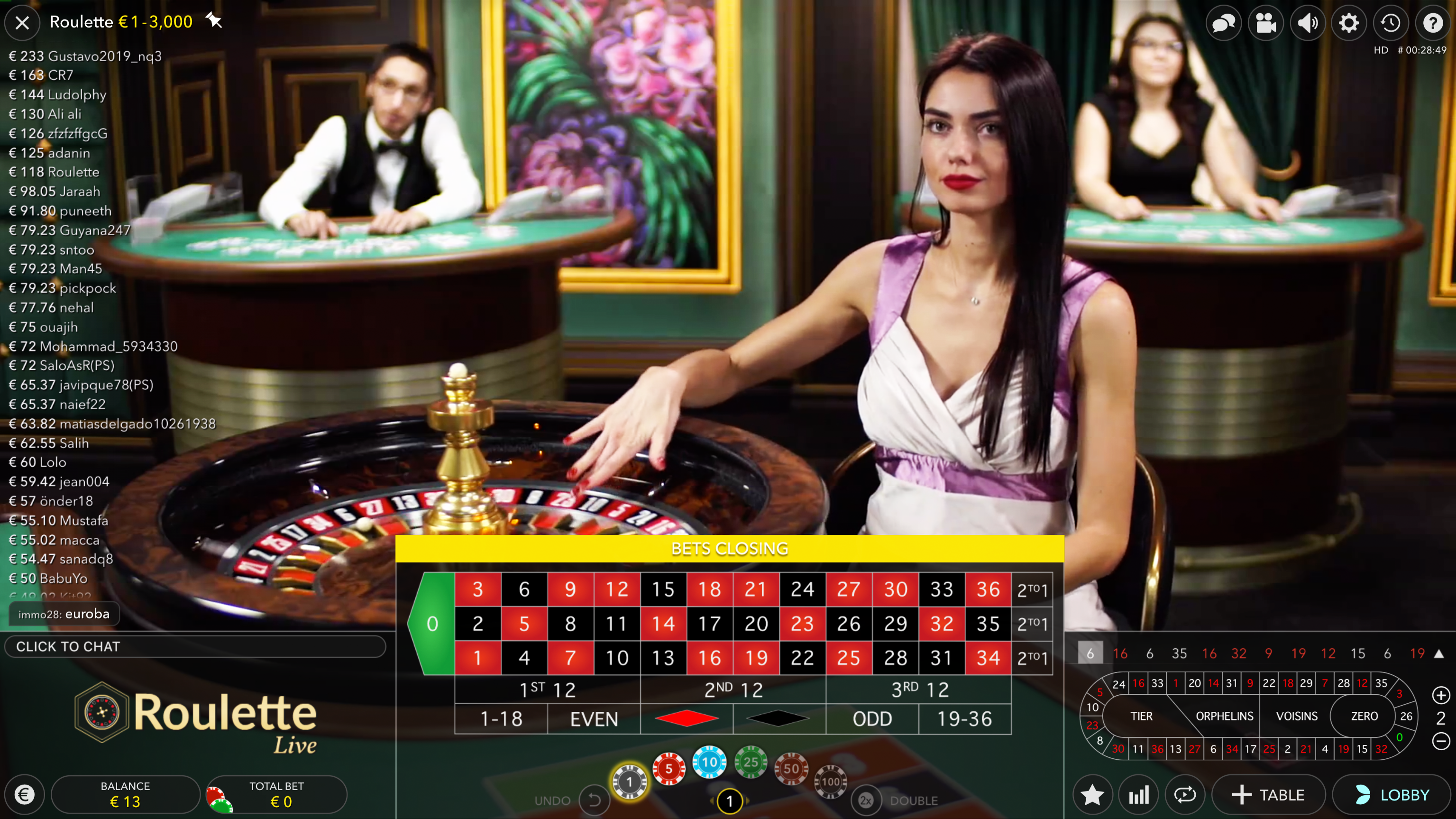Regarding casino slots games, players often find themselves enthralled by the shimmering lights, intriguing themes, and the adrenaline of turning the reels. But beneath the glitz and entertainment lies an critical concept that all players must grasp: RTP, or RTP. This key metric holds great importance in deciding the return of your wagered money over time, affecting your gameplay and strategy as you play.
RTP is commonly stated as a percent and reflects the typical sum of money returned to players compared to the cumulative wagers. For instance, if a slot game has an RTP of ninety-five percent, it means that, on average terms, players get back 95 dollars for every 100 dollars wagered. Understanding this concept can enable players to make better choices when choosing which slots to play, ultimately boosting their enjoyment at the casino.
What exactly the meaning of RTP?
RTP, also known as RTP, refers to a crucial concept in the field of slot machine games. It denotes the percentage of all wagered money that a particular slot machine is designed to pay back to players over time. For example, if a slot has an RTP of 95 percent, this means that, hypothetically, players are likely to reclaim 95 dollars for every 100 dollars placed in the long run. Understanding RTP helps players evaluate the possible returns of different slots.
RTP is not a surety of personal wins but instead it is a average computed over many spins. Each player’s experience may differ significantly because of the randomness inherent in the games. A higher RTP suggests superior odds for the player, which makes it a key aspect to consider when picking the slots to play. However, even with a high RTP, there can be phases where players experience losses, as luck plays a significant role.
It is also worth noting that various slots have different RTP percentages. Some slots might feature a lower RTP as a result of a considerable fun or distinct elements, while others maintain a increased percentage to draw in more cautious players. Comprehending RTP enables players to make informed decisions about their gaming strategies and oversee their money wisely while enjoying the adrenaline of casino slots games.
How Return to Player is Being Determined
A Return to Player, also known as Return to Player, is a vital measurement in the world of casino slot machine games. It denotes the percentage from all bet funds that a slot machine is expected to return to players in the long run. Understanding the method by which RTP is calculated demands insight of the dual aspects of the slot’s architecture as well as its payout system. This RTP is calculated through complex calculations and statistical analyses executed during the slot machine creation process. Game creators consider multiple elements, including the rate of winning combinations as well as the magnitude for payouts on each outcome.
To calculate this metric, the creators model a vast number in terms of spins on the game. These modeling efforts aid identify the average amount that on average, a gambler can expect to win according to their bets. For instance, if a machine boasts an average return of 95 percent, it suggests that, theoretically, for every one hundred dollars wagered, players can expect to receive ninety-five dollars in return over time. This value doesn’t represent the amount a gambler will win during a single session and over a couple of spins; instead, it shows long-term return projections.
The values of RTP are generally published by the casino or game developer. Gamblers should consistently look for such data when choosing a casino slots, as it has the potential to influence their gaming experience. FA88 A greater return value usually means a higher chance of winning back a portion of wagered money, even though individual plays can vary greatly. Understanding RTP enables players to choose wisely and enhance their overall experience within the world of slot games.

Significance of Return to Player in Gaming
Grasping the Return to Player or RTP is essential for any gamer involved in gambling on slots. Return to Player represents the percentage of total bets that a game is engineered to return to gamers over the long run. A higher Return to Player means that gamers can expect receiving a larger share of their bets back, making it an valuable factor for those attempting to enhance their gambling enjoyment. Knowing this number aids gamers make smart choices about which games to play, as it can significantly affect their chances of winning.
Moreover, Return to Player has a central role in the overall fairness and transparency of slot games. Gamers are often drawn to slots with greater return rates because they provide a better opportunity of success over the long term. Gaming establishments and game developers use RTP as a selling point to lure players, ensuring they maintain a lead in the booming gambling industry. By understanding of RTP, players can choose slots that match with their risk tolerance and objectives.
Ultimately, the idea of Return to Player promotes safe gaming practices. Recognizing that not all slots will provide immediate returns and that RTP is based on long-term play, players can regulate their anticipations and gambling behavior effectively. This knowledge enhances the enjoyment of slot games while fostering a more sustainable gambling landscape. Players who comprehend the significance of RTP are likely to have a better experience and reduce the risks of problematic gambling behavior.